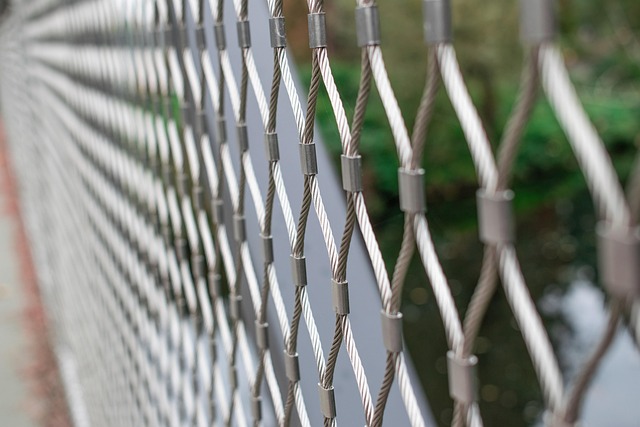In New Bedford, Massachusetts, planning a fence installation requires understanding local regulations and budgeting for material and labor costs. This comprehensive guide breaks down the key factors influencing your final estimate. From navigating New Bedford’s specific fencing regulations to exploring various material options and comprehending labor rates in the region, this article equips homeowners with essential knowledge. By delving into these aspects, you’ll gain a clearer understanding of what to expect when embarking on your fence installation project in New Bedford.
- Understanding New Bedford's Fence Regulations
- Material Options and Their Cost Implications
- Labor Costs in New Bedford: A Breakdown
- Factors Influencing Your Final Fence Estimate
Understanding New Bedford's Fence Regulations
New Bedford, Massachusetts, like many cities, has specific regulations governing fence installation to ensure aesthetic consistency and neighborhood harmony. Before proceeding with any fence project, it’s crucial to understand these rules, as they can impact both the design and cost of your fence. The city’s building codes and zoning ordinances typically outline restrictions on fence height, materials, placement, and design elements. For instance, certain areas may limit fence heights or prohibit specific types of fencing materials.
Homeowners should also be aware of set-back requirements, which dictate how close a fence can be to the property line or adjacent structures. These regulations vary depending on the neighborhood and zoning district. Failing to comply with these rules can result in fines or the requirement to remove and replace the fence. Therefore, it’s advisable to consult New Bedford’s official website or contact the local building department to review the current regulations and ensure a smooth fence installation process.
Material Options and Their Cost Implications
When considering fence installation in New Bedford, Massachusetts, one of the primary factors influencing cost is the material choice. Traditional options like wood and vinyl are readily available and cost-effective, with wood fences offering a range of styles and price points, depending on the type of wood and finish. Vinyl fencing is known for its low maintenance and durability, making it a popular choice among homeowners; however, upfront costs can be higher compared to wood.
On the other hand, more exotic or high-end materials like iron, steel, or concrete can significantly drive up installation expenses. These options often demand specialized craftsmanship and are designed for longevity and unique aesthetics. While they may increase property value, their cost implications should be carefully considered within the broader fence installation budget.
Labor Costs in New Bedford: A Breakdown
In New Bedford, labor costs for fence installation can vary widely depending on several factors. On average, labor expenses range from $45 to $75 per hour for a team of professionals. This cost includes the time spent assessing the site, measuring the area, and installing the fence, along with any necessary preparation and cleanup.
The breakdown of labor costs often involves different rates for specialized tasks. For instance, complex projects like building custom fences or working with intricate designs may command higher hourly rates due to the increased skill and expertise required. Additionally, factors like project size, accessibility of the site, and the type of fence (wooden, vinyl, chain-link) can influence labor expenses, potentially adding to the overall cost estimate for New Bedford residents.
Factors Influencing Your Final Fence Estimate
When getting a fence installation cost estimate for New Bedford, Massachusetts, several factors come into play and can significantly impact the final price. The size and complexity of your desired fence are primary considerations; larger fences or those with intricate designs will naturally incur higher costs. Material choices also vary widely in terms of pricing, from wood to vinyl, chain link, or iron, each offering different durability and aesthetic options at distinct cost points.
Additionally, labor expenses should be factored in, as these can differ based on the complexity of installation, accessibility of the site, and whether any specialized skills are required. Weather conditions can also delay installations, affecting overall project timelines and potentially leading to additional charges. Lastly, permits and inspections are essential components that might not be included in initial estimates but are necessary for legal compliance.
